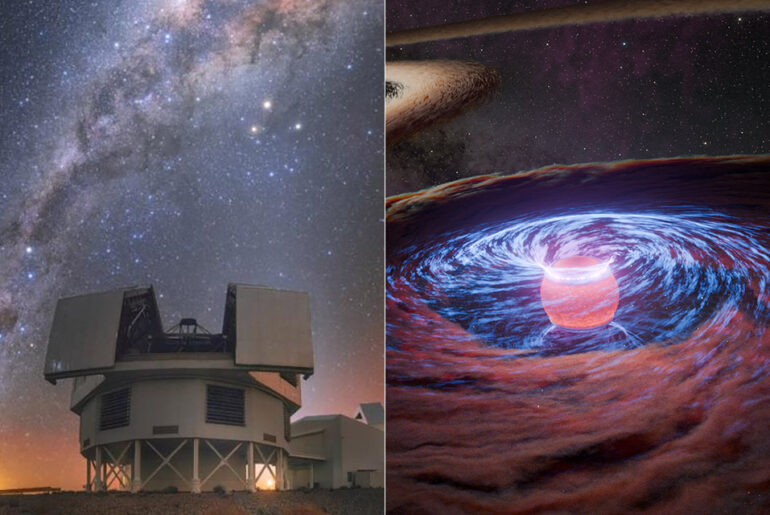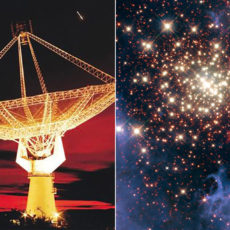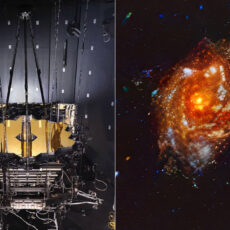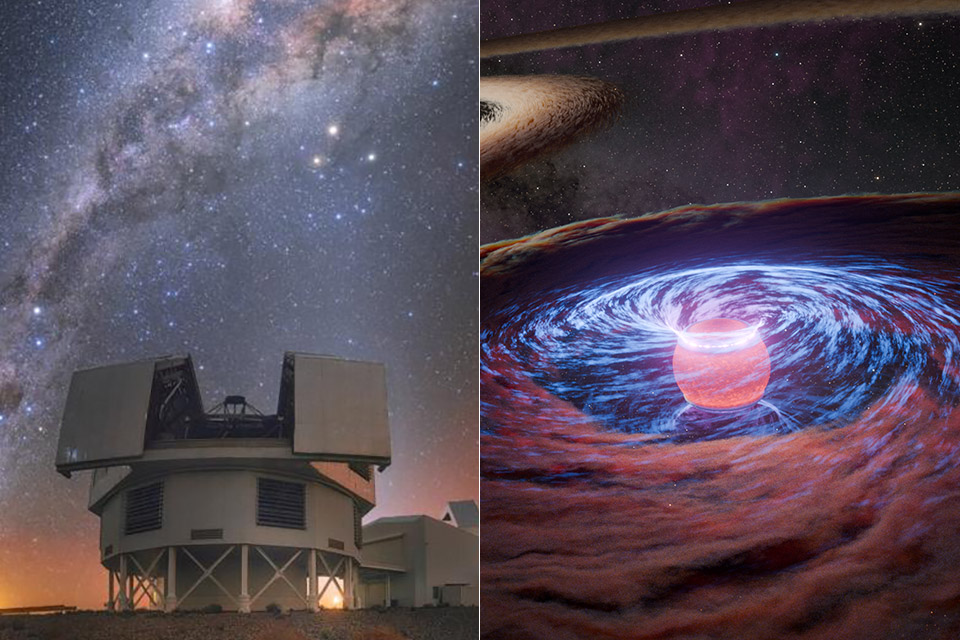
Photo credit: Yuri Beletsky via Harvard
A team of astronomers has captured something amazing: a picture of a baby planet, still growing, nestled in a gap in a disk of gas and dust around a distant star. WISPIT 2b is a protoplanet 5 times the mass of Jupiter and 5 million years old, which is nearly 1000 times younger than Earth. It orbits star WISPIT 2, 437 light years away and this is a first. A planet has never been seen forming in one of these ring shaped gaps, confirming a long held theory about how planets affect their surroundings.
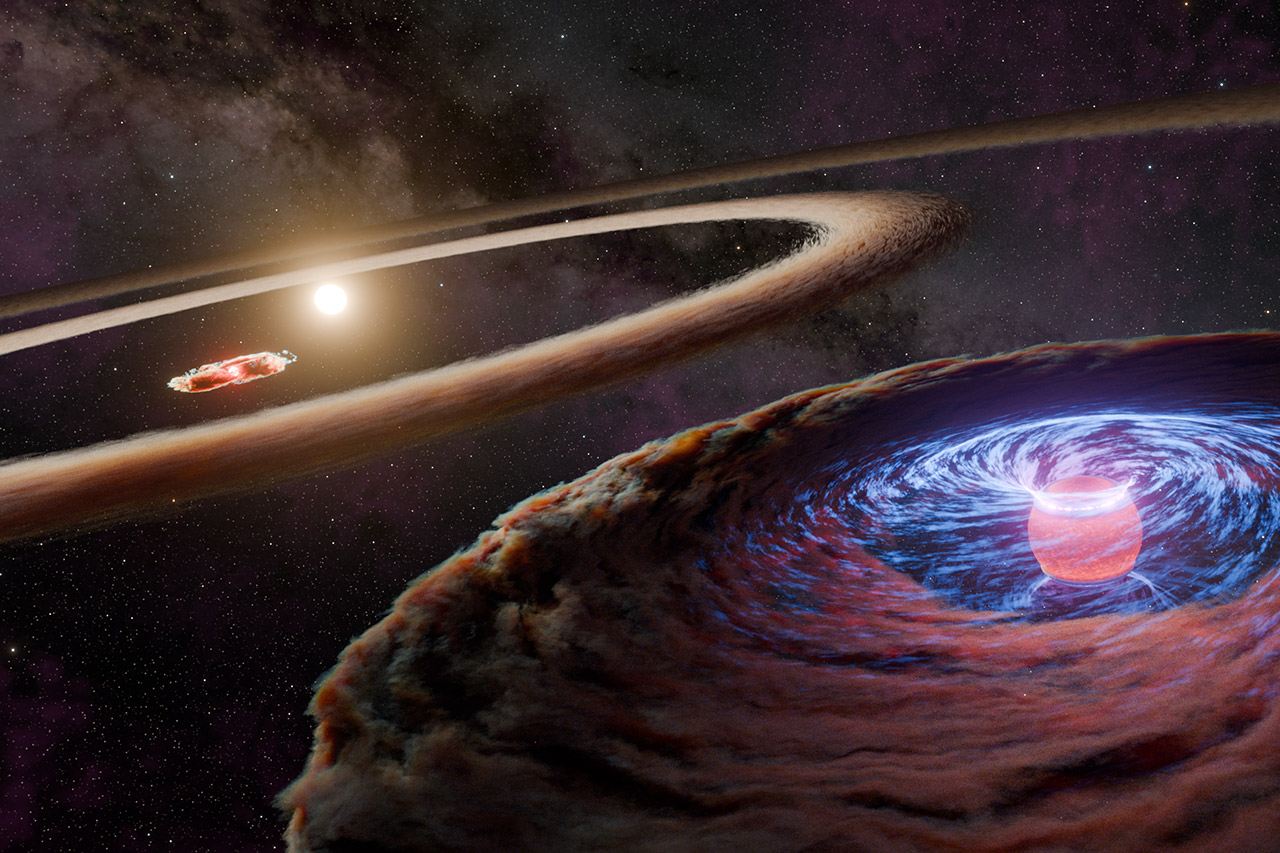
Astronomers have studied protoplanetary disks for years, which are clouds of gas and dust that surround newborn stars and are the cradles of planet formation. These disks often have gaps, empty rings formed when material is removed. For years scientists assumed that forming planets were responsible for creating these gaps by pushing dust and gas out like a plow through snow. Our solar system likely started as a disk, with Jupiter and Saturn forming similar gaps billions of years ago. But until now no one had seen a planet forming in one of these clearings. WISPIT 2b changes that by giving us a glimpse into the birth of a world.
- Superior Optics: 400mm(f/5.7) focal length and 70mm aperture, fully coated optics glass lens with high transmission coatings creates stunning images...
- Magnification: Come with two replaceable eyepieces and one 3x Barlow lens.3x Barlow lens trebles the magnifying power of each eyepiece. 5x24 finder...
- Wireless Remote: This refractor telescope includes one smart phone adapter and one Wireless camera remote to explore the nature of the world easily...
The European Southern Observatory’s Very Large Telescope in Chile was the starting point for the discovery. Researchers used the VLT-SPHERE instrument to first detect the rings and gaps around WISPIT2. The star’s disk looked like a cosmic bullseye, with concentric rings of dust divided by dark empty areas. They went to the Magellan 2 Telescope in Chile, which has the MagAO-X system, a technique to take pictures of faint objects near bright stars. They found a small purple dot faintly glowing in one of the black gaps – a baby planet, WISPIT 2b, forming.
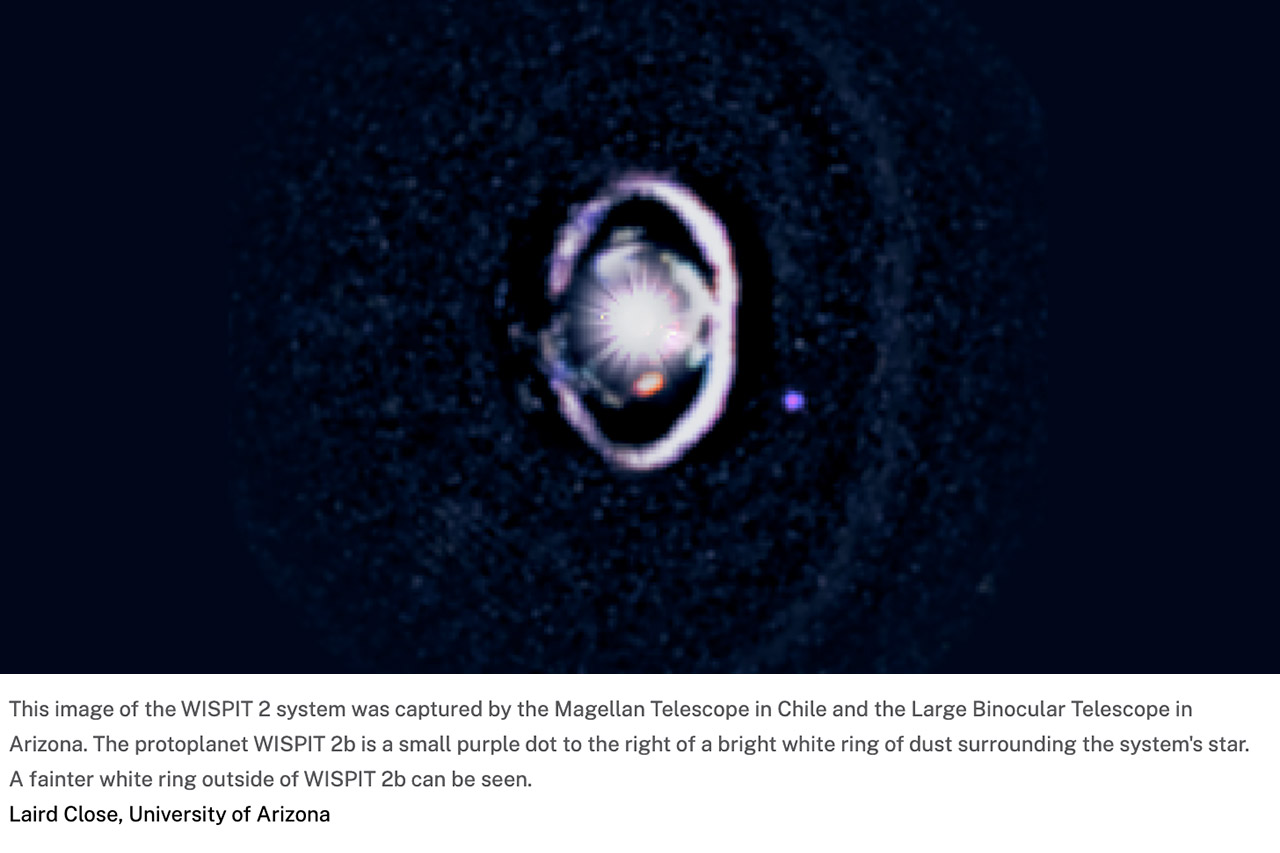
What’s so cool about this is that MagAO-X actually took a picture of WISPIT 2b rather than just detecting it. They focused on a type of light called H-alpha which is emitted when hydrogen gas from the disk falls onto the growing planet, forming a ring of super hot plasma. This light is weak and is overwhelmed by the star’s brightness but MagAO-X is designed to detect this signal. The result is a clear image of WISPIT 2b, a gas giant still accreting material from its surroundings, in the gap it likely carved out.
To get a better picture they looked at WISPIT 2b in infrared with the Large Binocular Telescope in Arizona. This extra view helped confirm the planet’s properties and position in the disk. And surprise! WISPIT 2b formed where it is. It didn’t migrate from elsewhere in the disk, but grew in place. Which adds new layers to our understanding of planet formation.
Laird Close, an astronomer at the University of Arizona, and Richelle van Capelleveen, a PhD student at the Netherlands’ Leiden Observatory, spearheaded the project. Their findings are published in two pieces in the Astrophysical Journal Letters on August 26, 2025. They used cutting-edge technologies, including MagAO-X, which was partially financed by NASA and the National Science Foundation in the United States, to gain a new perspective on planet formation.

